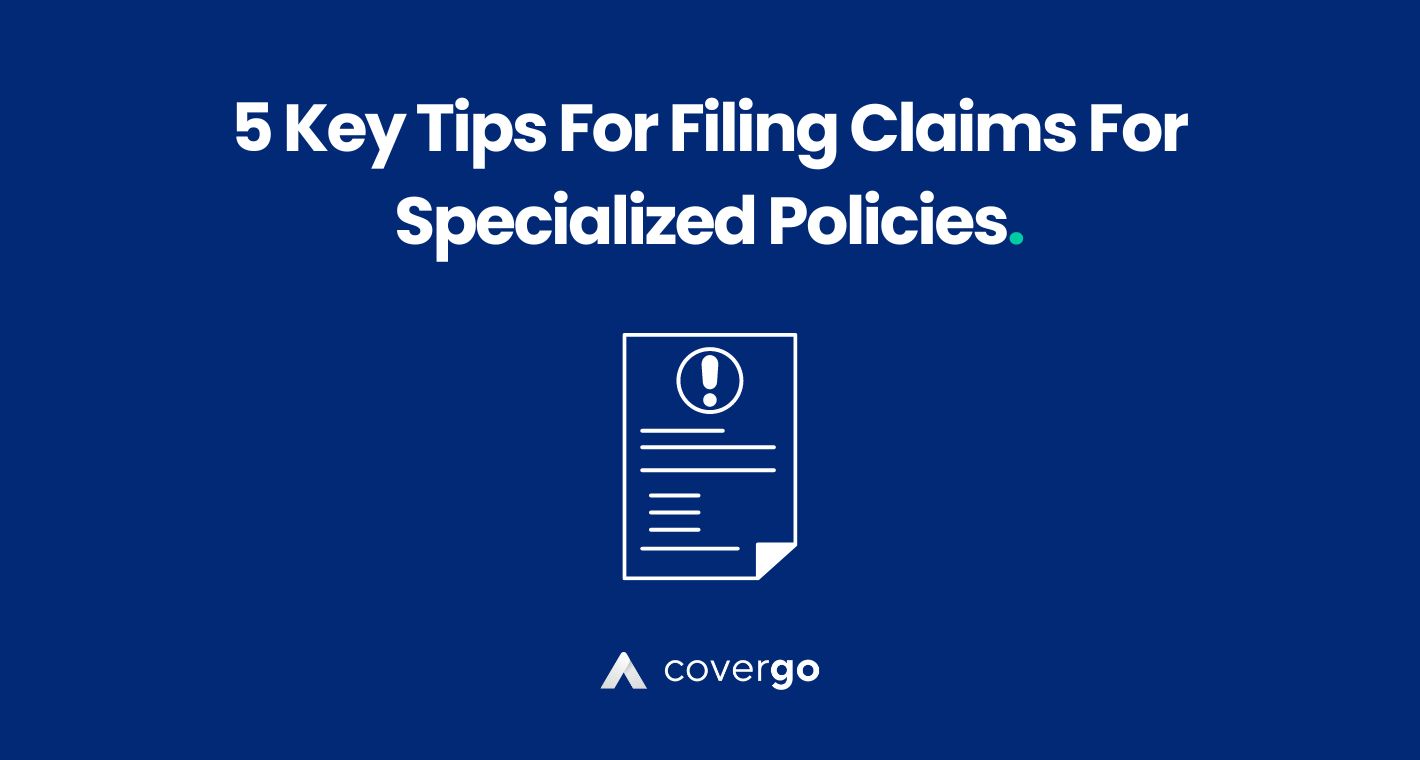Latests posts by Timur Mukhametshin
How Low/No-Code Platforms are Democratizing AI for Insurers
FeaturedInsurtech

All of the ways AI is Transforming the Insurance M&A Industry.
FeaturedInsurtech

10 Crucial Mistakes to Avoid When Filing an Insurance Claim
FeaturedInsurtech

5 Important Tips That Will Make Filing Claims For Specialized Policies a Breeze
FeaturedInsurtech

Artificial Intelligence as The New Defender Against Insurance Fraud
FeaturedInsurtech

Balancing Progress and Ethics: Adopting Insurance AI Responsibly
FeaturedInsurtech

Parametric Insurance: A Modern Approach to Risk Management
FeaturedInsurtech

Leveraging Artificial Intelligence to Fast-Track New Insurance Products
FeaturedInsurtech

Innovation of Insurance Risk Management Through AI
FeaturedInsurtech

AI for Insurance: Practical Applications Today and Future Potential
FeaturedInsurtech
